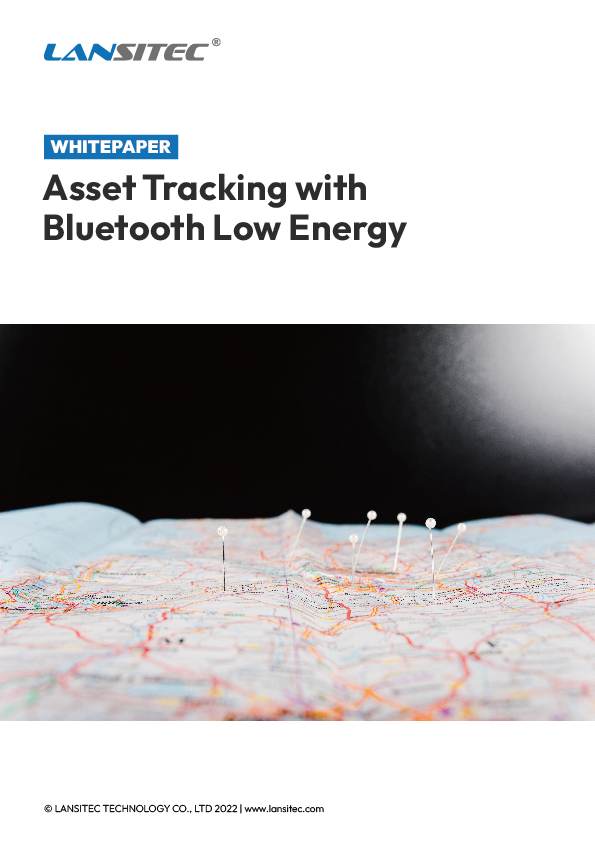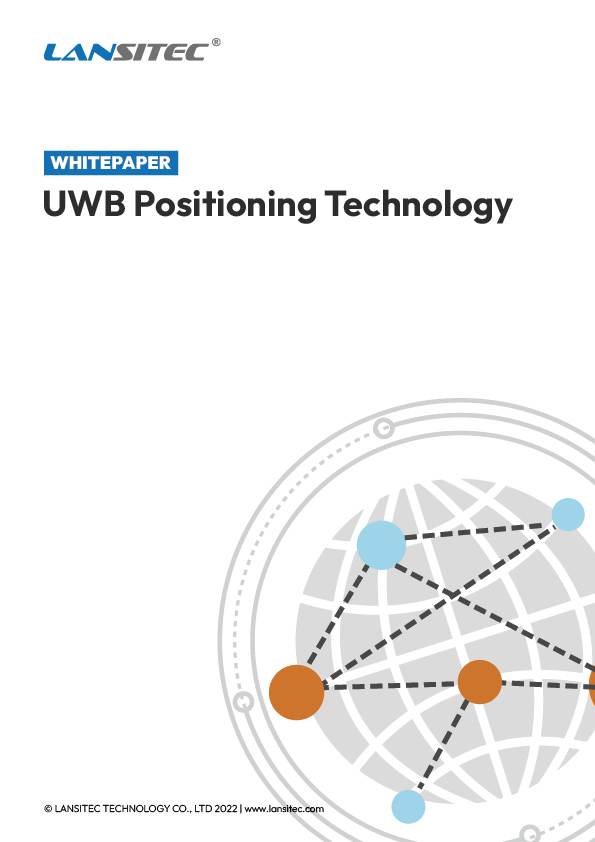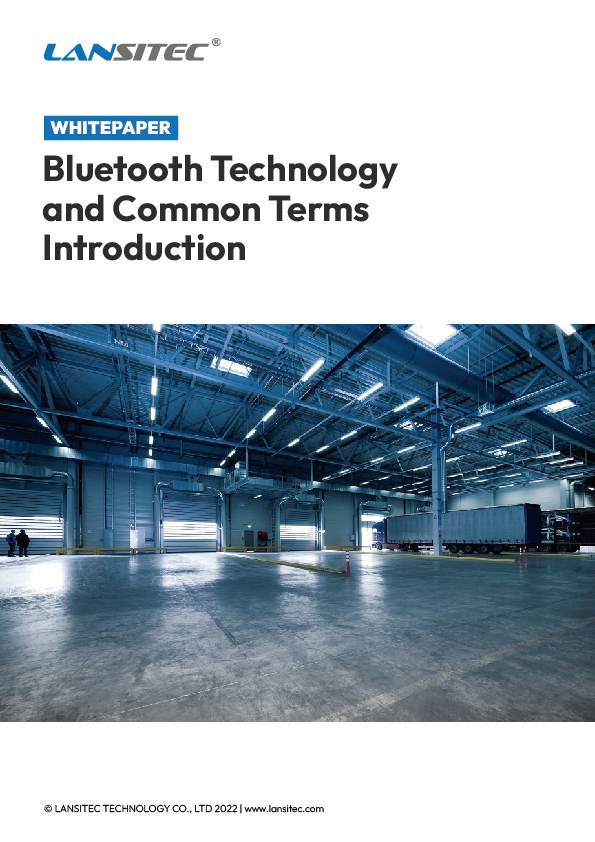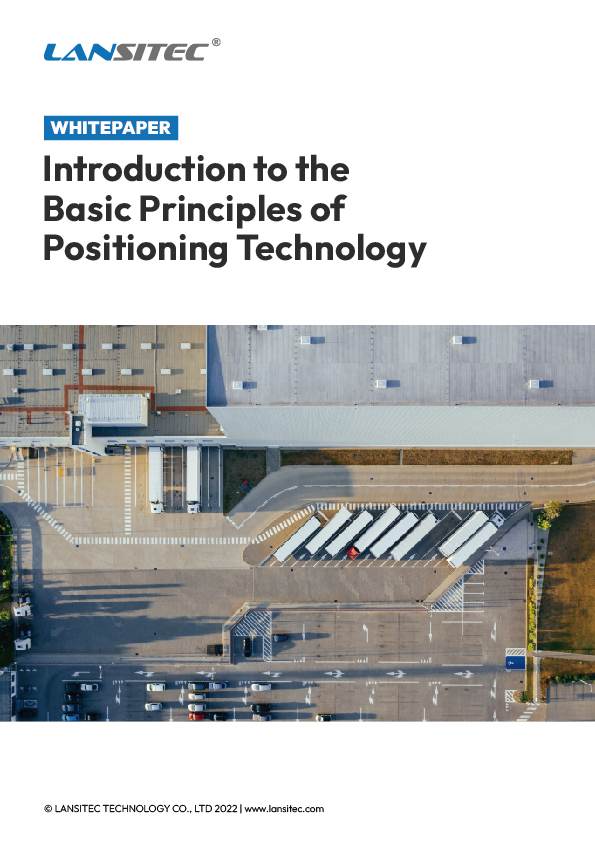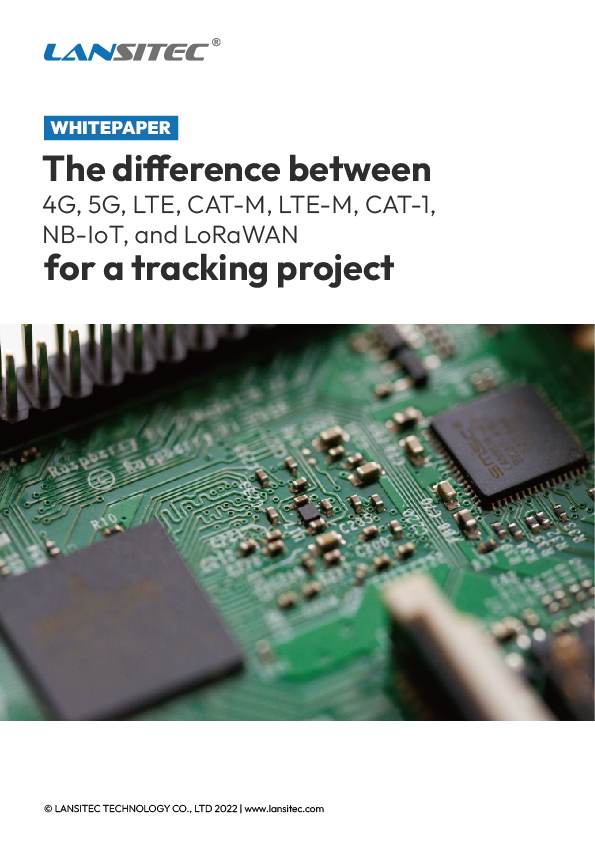As a positioning technology based on the Bluetooth 4.0 (or higher) protocol, Beacon a BLE based device, has attracted more and more attention in the indoor positioning market.
With the development of IoT and the continuous accumulation of big data acquisition and processing requirements, Beacon technology with low power consumption and low cost has become the focus of indoor positioning applications, and its characteristics have driven the rapid implementation of the IoT indoor positioning system.
No Pairing Required
In our impression, we need to pair the Bluetooth devices every day, for example, the Bluetooth headsets, speakers. When the smart bracelet is bound to the mobile phone, it also needs to be paired. The Beacon does not need to be paired.
As mentioned above, it uses the Bluetooth advertising channel to transmit signals and the receiver receives from these channels too. The transmitter and receiver works independently, usually the beacon advertises periodically and the receiver receives only when necessary. The receiver with LoRa, Wi-Fi, 4G, etc. back-haul can be used as a Bluetooth gateway to relay beacons’ messages to the cloud. During this process, both parties do not need to be paired. For details, please refer to ‘B-Fixed®PERSONNEL & ASSET TRACKING SOLUTION’ or ‘B-Mobile®PERSONNEL & ASSET TRACKING SOLUTION’.
Receive Information in the Background
Information push based on Beacon positioning requires App support. However, when we use the indoor positioning function to receive Beacon signals, we do not need to open the app.
We only need to open the corresponding app when we need to display the service Beacon pushes.
Beacon can Also Transmit Data After Pairing with The Receiver
A standard Beacon only advertises messages required for positioning in the form of broadcast data.
But, it can also be paired with a receiver for faster data communication.
Low Power Consumption
Lansitec’s BLE beacon average current is 35µA at 0dBm TX power and 500 ms advertisement interval
It is powered by a 2x1000mAh button battery, the battery life is as follows.
| Advertisement Interval (ms) | 100 | 300 | 500 | 1000 |
|---|---|---|---|---|
| Battery Life (years) | 1.2 | 3.5 | 5 | >6 |
BLE offers low power consumption (5mA TX power or even lower), high data rate (less TX time and more sleep time), multiple channels (less interference) and larger link budget (4dBm TX power and -96dBm sensitivity, longer distance).
Both BLE and classic Bluetooth cover a range of 100 meters, but BLE has a slightly wider range. Compared with classic Bluetooth, the biggest advantage of BLE is power consumption which is 90% lower than that of classic Bluetooth. At the same time, the transmission distance is increased, security and stability are improved, and AES encryption and CRC verification are supported for the security of communication between connected devices.
With the improvement of Bluetooth protocol and semiconductor technology, Bluetooth 5.0 has a great improvement in performance compared to Bluetooth 4.0, the following is a comparison of two Nordic chips.
| Specification | Nordic nRF51822 | Nordic nRF52832 |
|---|---|---|
| Protocol | Bluetooth 4.0 | Bluetooth 5.0 |
| Sensitivity | -90 dBm @ 1 Mbps, BER = 1E-4 | -95 dBm @ 1 Mbps BLE (≥128 bytes): BER = 1E-4 -95 dBm @ 1 Mbps BLE (≤37 bytes): BER = 1E-3.17 |
| Peak RX | 13 mA | 5.4 mA |
| Peak TX (0 dBm) | 10.5 mA | 5.3 mA |
| Outdoor Distance (TX power 0 dBm) | 50 meters (Line of sight) | 200 meters (Line of sight) >1 km with FEC (Forward Error Correction) enabled |
Explore the Whitepaper: Bluetooth Technology and Common Terms Introduction.


